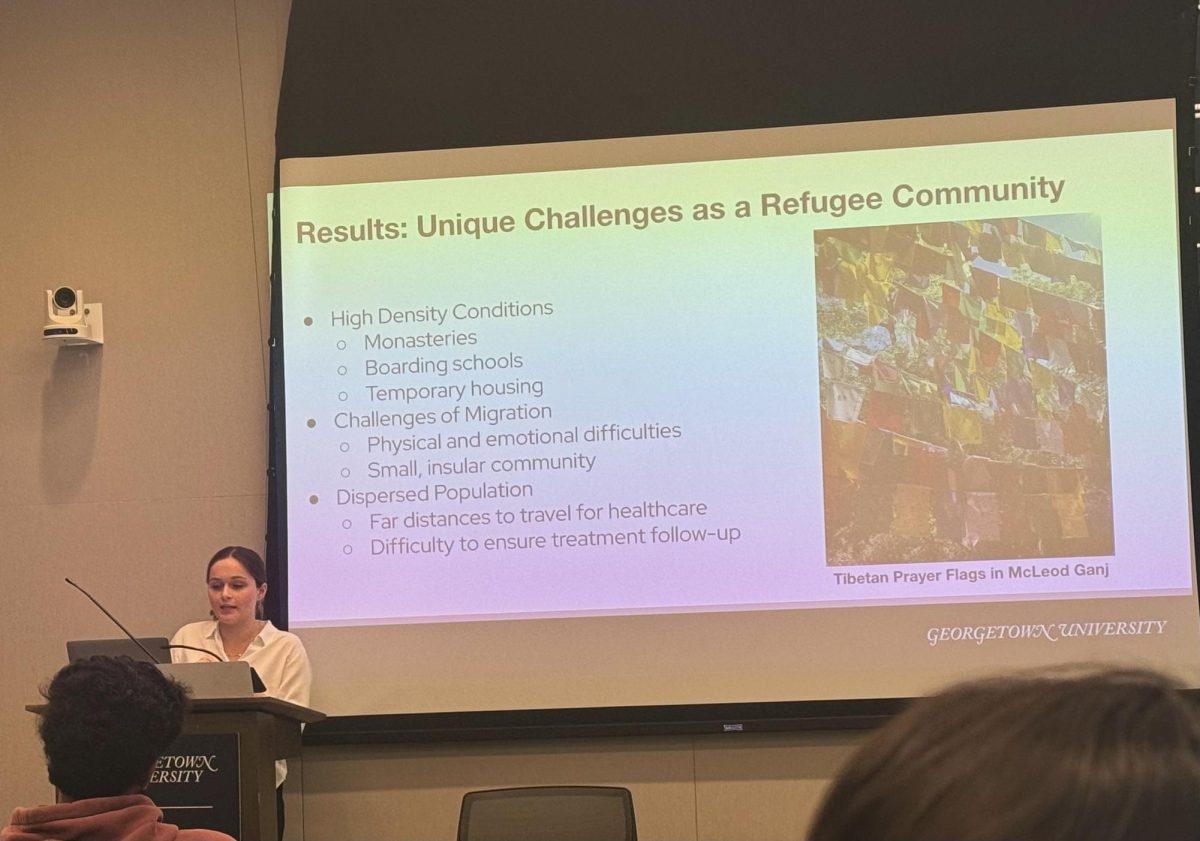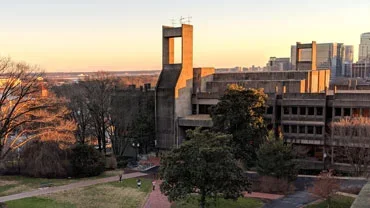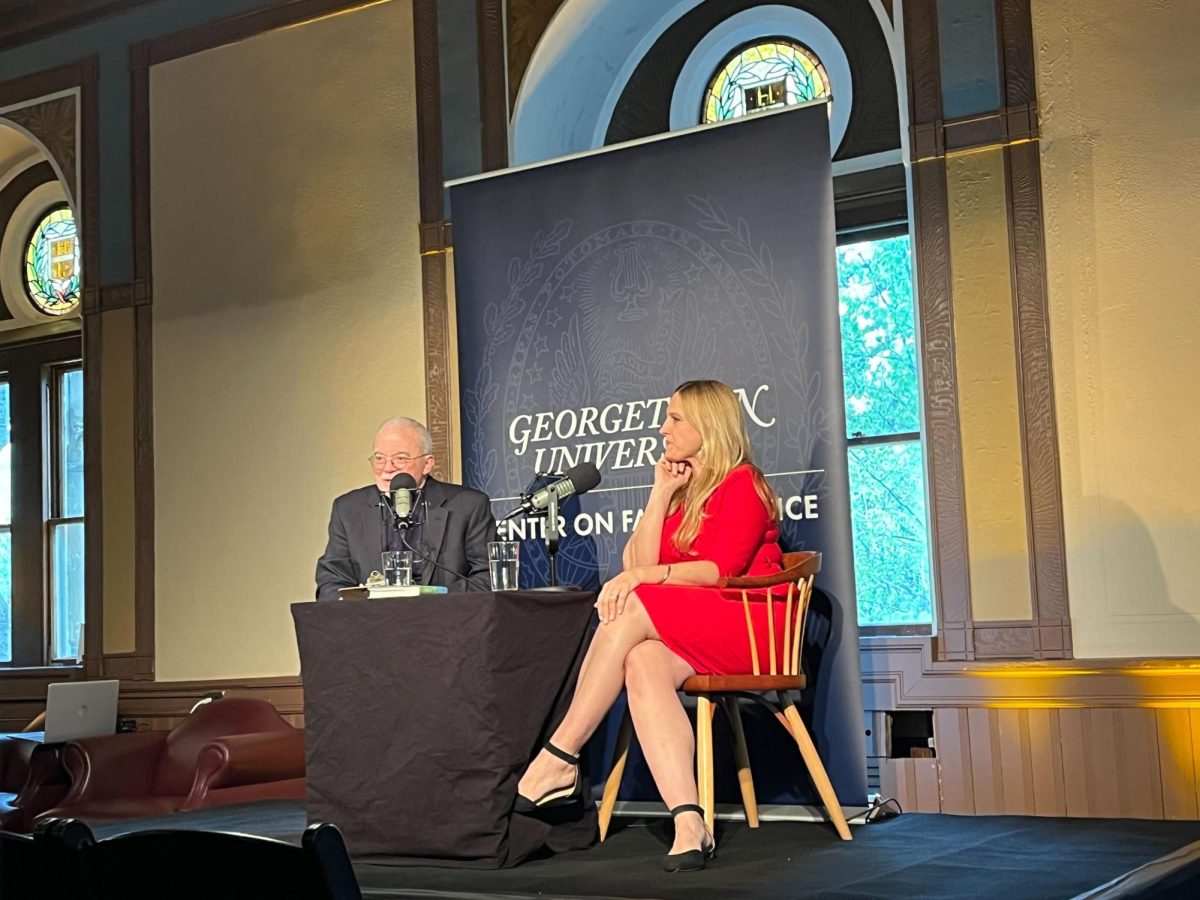Looking to close the gap between the hard sciences and the humanities, Maggie Axelrod (COL ’15) and Viggy Parr (COL ’15) founded Futures in Science and Humanities in December to explore the interdisciplinary nature of careers in the sciences.
After organizing a career fair with one of their professors, the founders also the co-presidents Axelod and Parr were inspired to establish FISH. The group focuses on sponsoring events and inviting speakers, including policymakers and environmentally sustainable company executives, to campus.
“FISH is committed to standing at the intersection of science and humanities, and bridging the gap between two disciplines that most people see as completely separate,” Parr said. “We want to show students interested in science that you can truly do pretty much anything with a science degree. We also want students of other majors to see how their interests can intersect with science in interesting and innovative ways.”
Axelrod said that the club is especially relevant to the Georgetown community.
“The thing about Georgetown is that it isn’t a tech school. There is a reason people do science at a liberal arts college,” Axelrod said. “Especially being in D.C., there are so many unique opportunities that FISH fits really well with the Georgetown environment.”
So far, Parr and Axelrod said they were pleased with the turnout at FISH’s two recent events — a live viewing of the TEDMED conference and a lecture by medical researcher John Kheir.
“[TEDMED] invites the most forward-looking people in medicine and public health,” Axelrod said. “Kheir was invited because he is developing technology for the intravenous administration of oxygen, which will hopefully be a lifesaving technology.”
Parr hopes FISH will sponsor more events and speakers in the fall and specifically said she hopes to bring the director of the National Institutes of Health to campus as well as gain recognition from the Student Activities Commission.
“The ultimate goal is to foster a community and make science more visible on campus. Hopefully next semester we’ll get our SAC approval, and continue to bring speakers and make this a vehicle for science dialogue,” Parr said.
FISH board member Alex Kyrillos (COL ’15) said that scientists need to consider other disciplines in order to be successful with their work.
“I think it is really impractical to approach science issues in exclusion as these issues always interact with other factors, including economics, culture and politics,” Kyrillos said. “I decided to join FISH in order to get a better understanding of the wide variety of career options that focus on this interdisciplinary aspect of science.”
The club currently has a seven-member board and 60 people on its mailing list.
“We separate ourselves into boxes here — by major [and] extracurricular,” board member Ali Carter (COL ’15) said. “Often science kids are seen as science kids, and humanities people are seen as humanities people. This group is really trying to blend the two by showing how many different ways science comes up in everyday life and how it really applies to everything.”














